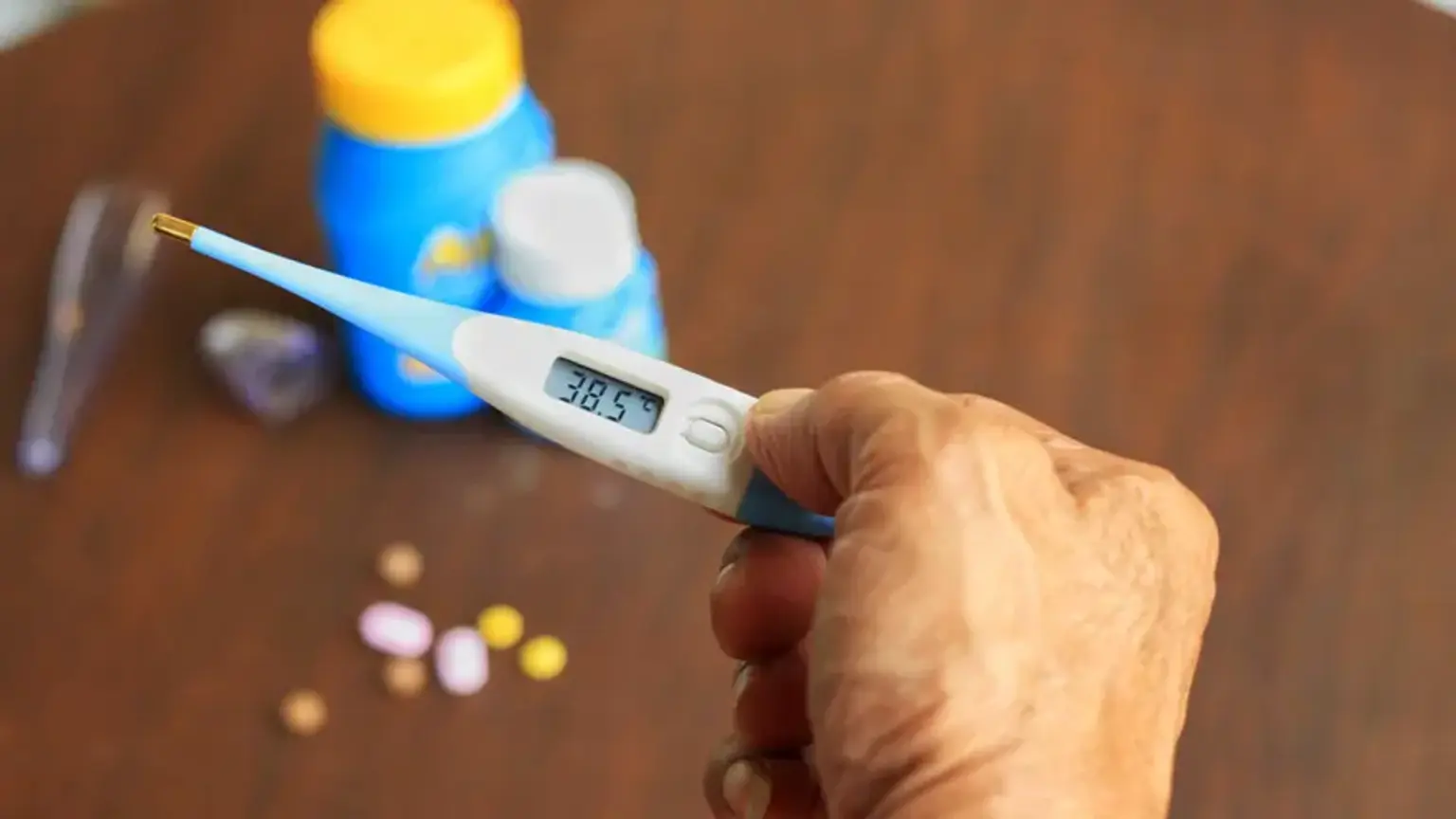Introduction
Defining Fever
Fever, scientifically known as pyrexia, is a temporary rise in body temperature, often signaling that the body is fighting an infection or illness. It is not an illness itself but a natural defense mechanism triggered by the immune system to combat bacteria, viruses, or other pathogens. While a normal body temperature averages around 98.6°F (37°C), fever is typically considered when the temperature exceeds 100.4°F (38°C). Understanding fever’s role in our health is crucial to managing it effectively.
Why Understanding Fever is Crucial
Fever can be alarming, especially when it occurs in children or persists for long periods. However, not all fevers indicate serious health problems. Knowing how to identify, assess, and respond to fever is essential for preventing complications. This article provides an in-depth guide to the causes, symptoms, treatments, and cultural practices surrounding fever, particularly in Korea, where traditional remedies and modern medicine coexist harmoniously.
Understanding Fever
Fever Symptoms and Causes
Fever symptoms go beyond just an increase in body temperature. Common signs include sweating, chills, headaches, muscle aches, fatigue, and loss of appetite. In some cases, individuals may experience rapid heart rates and dehydration. Fever is usually caused by infections such as the flu, pneumonia, or urinary tract infections. However, it can also result from non-infectious causes like autoimmune conditions, heat exhaustion, or adverse reactions to medications.
Low-Grade vs. High-Grade Fever
